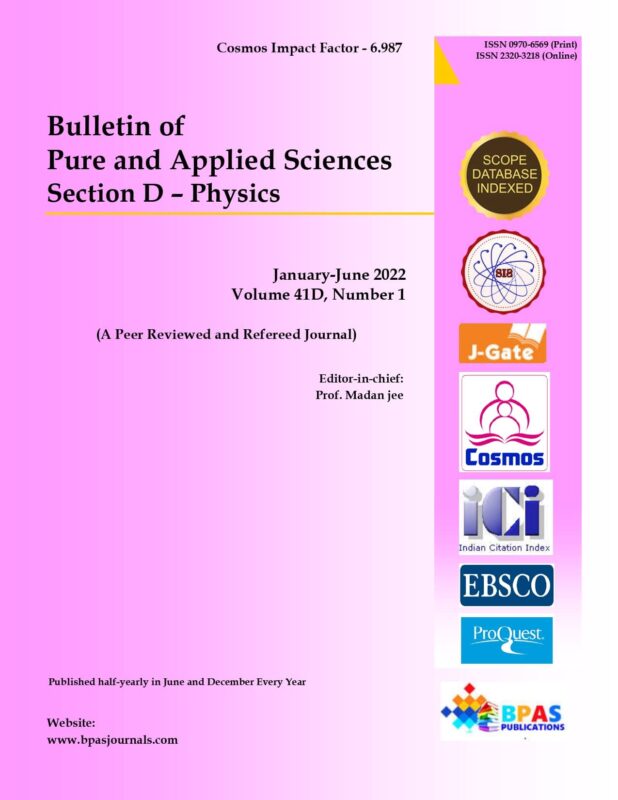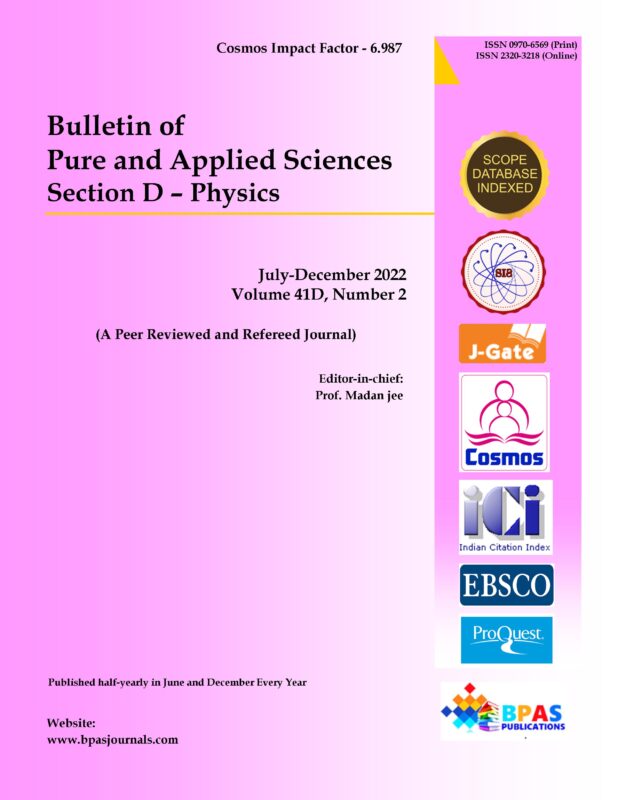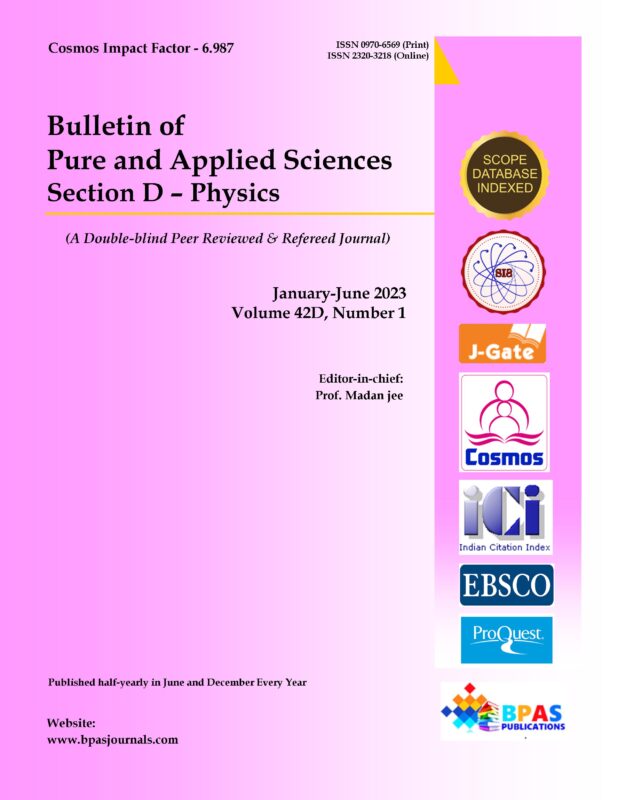Electronic Structure of Phosphorous Doped Bulk Silicon and Its Use for Spin Qubits for Quantum Computation
9.38$
1Anupam Amar*, 2Anuradha Amar
Bulletin of Pure and Applied Science
Physics, Vol.41D No.2,
July-December 2022 P.70-74
DOI: 10.5958/2320-3218.2022.00012.4
Original Research Article
Description
Electronic Structure of Phosphorous Doped Bulk Silicon and Its Use for Spin Qubits for Quantum Computation
1Anupam Amar*, 2Anuradha Amar
Author’s Affiliations:
1Research Scholar, University Department of Physics, B.N. Mandal University, Madhepura, 852128, North Campus, Singheshwar, Bihar, India.
E-mail: anupam9215@gmail.com
2Research Scholar, University Department of Physics, B.N. Mandal University, Madhepura, 852128, North Campus, Singheshwar, Bihar, India.
E-mail: anuradhaamar654@gmail.com
*Corresponding author:
Anupam Amar
Research Scholar, University Department of Physics, B.N. Mandal University, Madhepura, 852128, North Campus, Singheshwar, Bihar, India.
E-mail: anupam9215@gmail.com
How to cite this article: Amar A, Amar A. (2022). Electronic Structure of Phosphorous Doped Bulk Silicon and Its Use for Spin Qubits for Quantum Computation. Bulletin of Pure and Applied Sciences- Physics, 41D (2), 70-74.
Received on 29.06.2022
Revised on 21.09.2022
Accepted on 29.10.2022
Published on 15.12.2022




